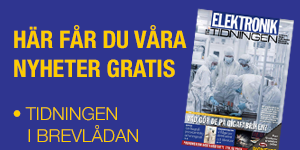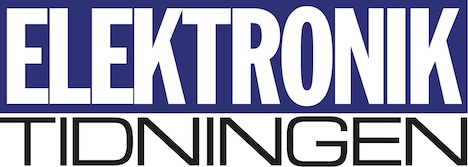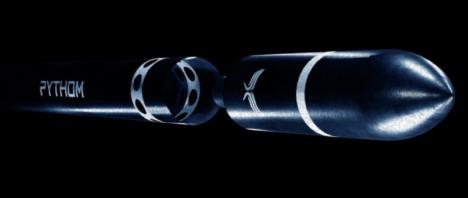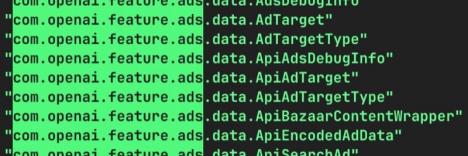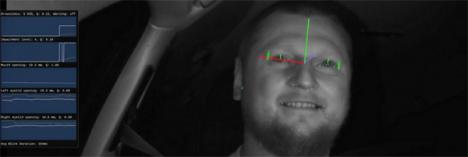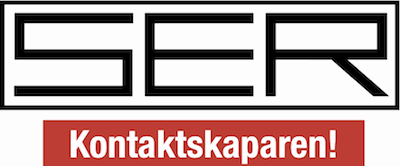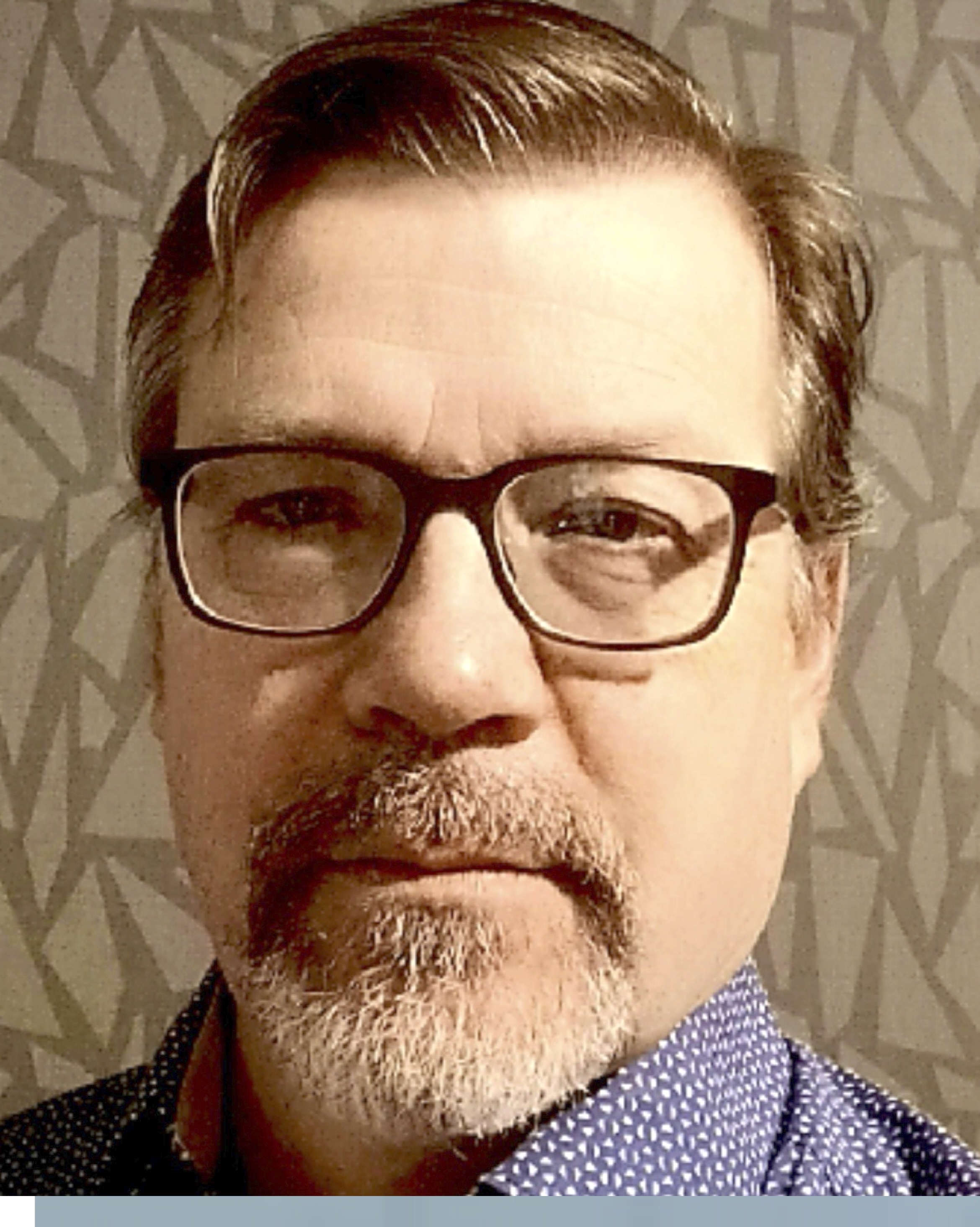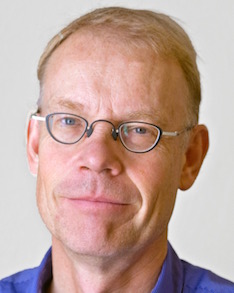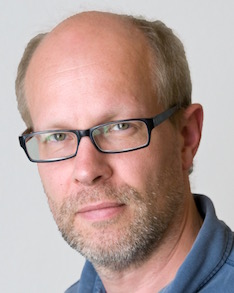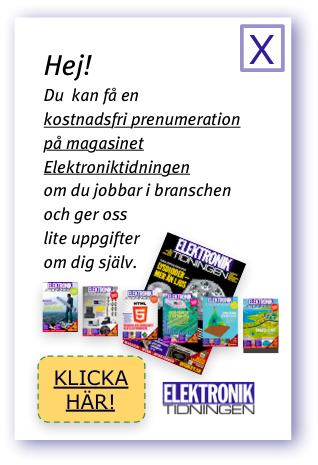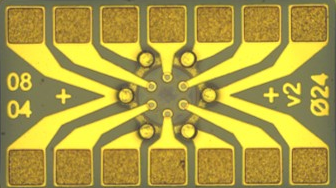 Data centres are popping up all over the place. A major challenge ahead is increasing the amount of data sent between servers and other units without energy consumption skyrocketing. This can only be achieved with improved optical links. Quadrupling the channel rate while reducing power consumption per bit by one order of magnitude is the objective of a research team at Chalmers.
Data centres are popping up all over the place. A major challenge ahead is increasing the amount of data sent between servers and other units without energy consumption skyrocketing. This can only be achieved with improved optical links. Quadrupling the channel rate while reducing power consumption per bit by one order of magnitude is the objective of a research team at Chalmers.
Today’s data centres can have hundreds of thousands of optical links, where the majority of the information is transmitted via fibres that are 100 metres or shorter. The data rate per channel is 25 or 28 Gbit/s, depending on whether Ethernet or Fibre Channel is used.
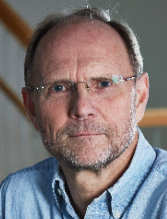 |
| Anders Larsson |
– In our research, we are aiming for a channel rate of 100 Gbit/s with very low energy consumption, says Professor Anders Larsson, who is leading the project.
To get a measure of the energy consumption, you look at what each bit requires. Today, about 10 picojoule is required per bit (pJ/bit). The researchers are aiming to come down to 1 pJ/bit.
When it comes to ramping up the data rate, the Chalmers team has already taken a giant step forward in a collaboration with the American company IBM. A transmitter with a surface emitting laser from Chalmers and drive electronics from IBM has reached more than 70 Gbit/s, which is a world record.
So far, the project has invested a lot of time in improving the efficiency and dynamics of the laser so it can be modulated in higher data rates. And for the first time, the electronics have also been included in the research work.
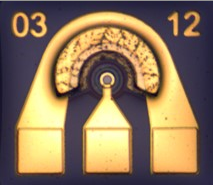 |
| A surface emitting laser designed for a fiber with a core. |
This means that three research teams at Chalmers are involved in the project: Anders Larsson’s team, which is developing the lasers and laser arrays, Herbert Zirath’s team, which is developing fast electronics, and Peter Andrekson's team, which is working with modulation formats.
– In addition to creating a world-class laser, an important element for reaching our goal is co-optimisation of laser and electronics. During the final phase of the project, we will place a lot of our focus on that element.
At the moment, the electronics team is designing extremely energy-efficient drive circuits in three processes: CMOS, BiCMOS (silicon germanium) and HBT (indium phosphide). Going forward, the chips will be manufactured by ST Microelectronics, Infineon and Teledyne. They will then be mounted together with lasers on small carriers, which will also be developed by Chalmers researchers.
Binary modulation is being used in the project with IBM.
Here, researchers are also looking at multi-level modulation. Instead of modulating the light intensity (amplitude) in two levels, they do it in four or even eight levels.
– With four-level modulation, we have achieved a channel rate of 94 Gbit/s, so we are approaching 100 Gbit/s.
| The Swedish Foundation for Strategic Research (SSF) is providing SEK 30 million in funding for the five-year research project that is now in its third year. Parts of the research are also being funded by the EU projects MERLIN (FP7) and PIX4life (H2020), HP Labs (Hewlett-Packard Enterprise research lab in Palo Alto, CA, USA) and the Knut and Alice Wallenberg Foundation. |
– We consider four levels the optimal solution. Then, you can double the channel rate for a given bandwidth on the link. We have also tested eight levels, but it has proven to be very difficult to meet the requirements of simplicity and cost.
An important detail in data centres is that the solution is inexpensive, which is why simpler multi-mode fibres (which are sufficient) are being used. They have a relatively large core, around 50 µm, and fibres with more than one core can be used.
As part of a European project the researchers participated in, they were also able to show how the capacity of a fibre can be radically increased by utilising six cores in the fibre, each of which transfers 40 Gbit/s.
– We connect a small array of surface emitting lasers directly to the fibre with six cores. We then have a data rate of 240 Gbit/s in a single fibre.
In their work, the researchers are fine-tuning each component – the laser, the electronics and the modulation format – to reach yet another milestone, i.e. being able to transmit many terabits per second over the same cable in both directions.
– Say we reach 100 Gbit/s per core in a hexa-core fibre. We then have 600 Gbit/s per fibre. We then could have twelve parallel fibres in each direction, which would bring us up to seven or eight Tbit/s in both directions. That's our thinking right now, explains Anders Larsson.
It will take a number of years until we are able to achieve these amazing data rates in actual solutions. However, Anders Larsson does not think it will take very long before four-level modulation will be embraced on a broad front.
– The industry is working with a new standard for Ethernet that is expected to be ready in 2019. There, you go from a channel rate of 25 Gbit/s to 50 Gbit/s, and at 50 Gbit/s you lean towards using four-level modulation. So, that will make its breakthrough in less than three years, he says.
PHOTO: Henrik Sandsjö

